Raritan River Pathogens Results for 9.10.2020
Photos and article by LRWP Board President Heather Fenyk
The LRWP and Rutgers Cooperative Extension of Middlesex County monitor for Fecal Coliform and Enterococcus at six non-swimming public beach access sites along the Lower Raritan during the warmer summer months. Fecal Coliform and Enterococcus are indicators of disease-causing bacteria in our waterways.
The EPA recommends that a single Enterococcus sample be less than 110 Colony Forming Units (CFU)/100mL for primary contact. Enterococci levels are used as indicators of the possible presence of disease-causing bacteria in recreational waters. Such pathogens may pose health risks to people fishing and swimming in a water body. Sources of bacteria include Combined Sewer Overflows (CSOs), improperly functioning wastewater treatment plants, stormwater runoff, leaking septic systems, animal carcasses, and runoff from manure storage areas. Enterococci levels are often high after heavy or consistent rainfall.
Here are our pathogens results for September 10, 2020. Please note that we received over an inch of rain in our Lower Raritan monitoring areas the evening after monitoring. As such we expect pathogens levels to be much higher than what was sampled in the morning.
Please note: results are preliminary and pending quality control.
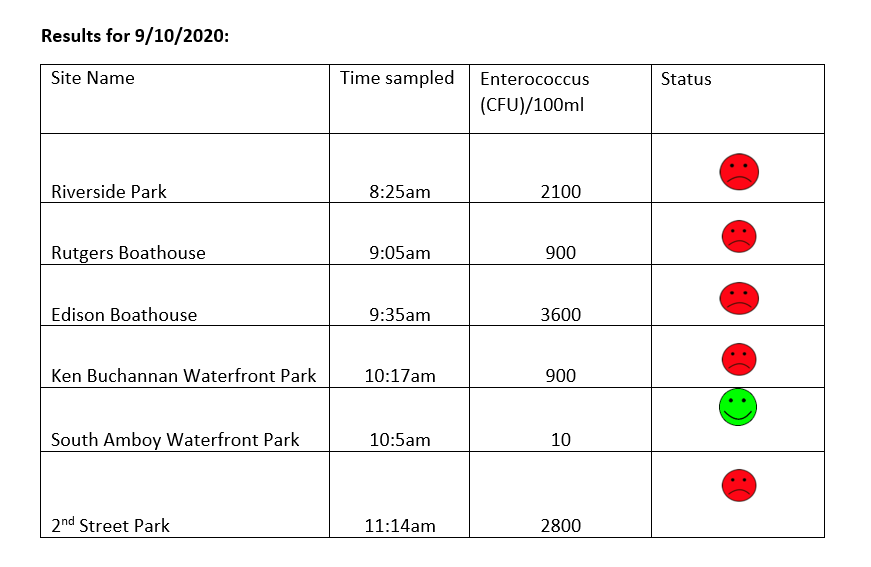
Field Notes for 9.10.2020
Lots of rain while monitoring our first three sites on September 10, 2020 made for a soggy day. The water at all sites was dark brown and thick with sediment from upstream. Our rain gauge showed 1.52 inches when we checked it the morning after monitoring. Most of that rainfall occurred on September 10 between 7-10 pm. Please take extra care when in any waterway after rainfall, especially heavy rains that send so much sediment and waste into our local streams and River.
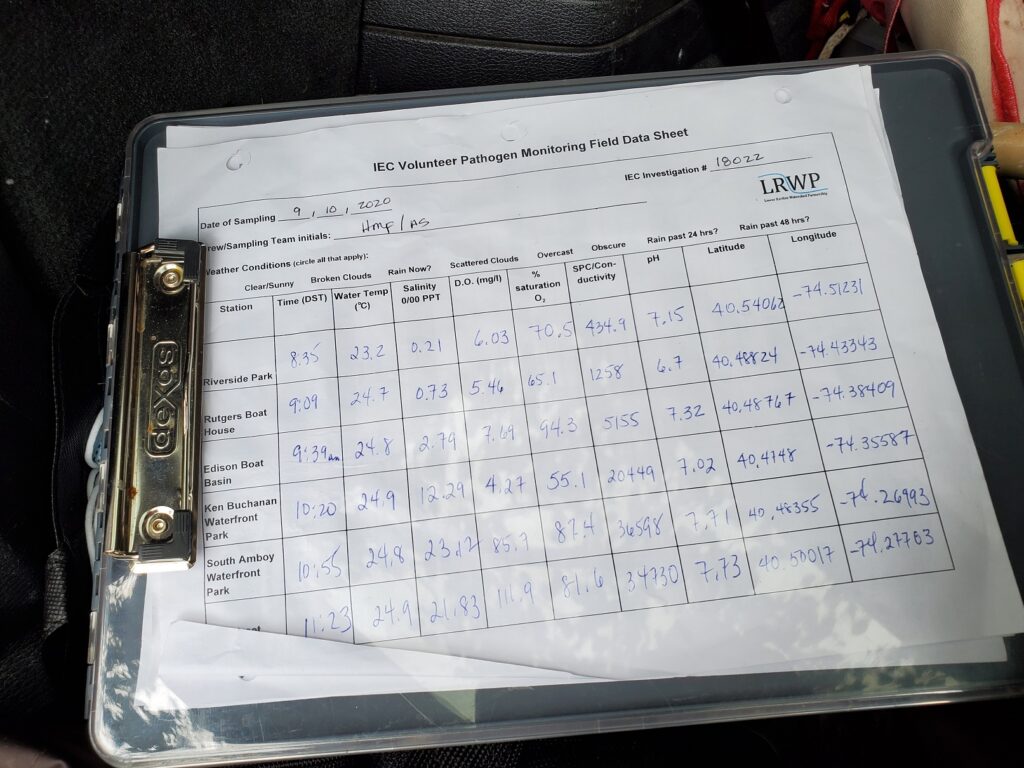
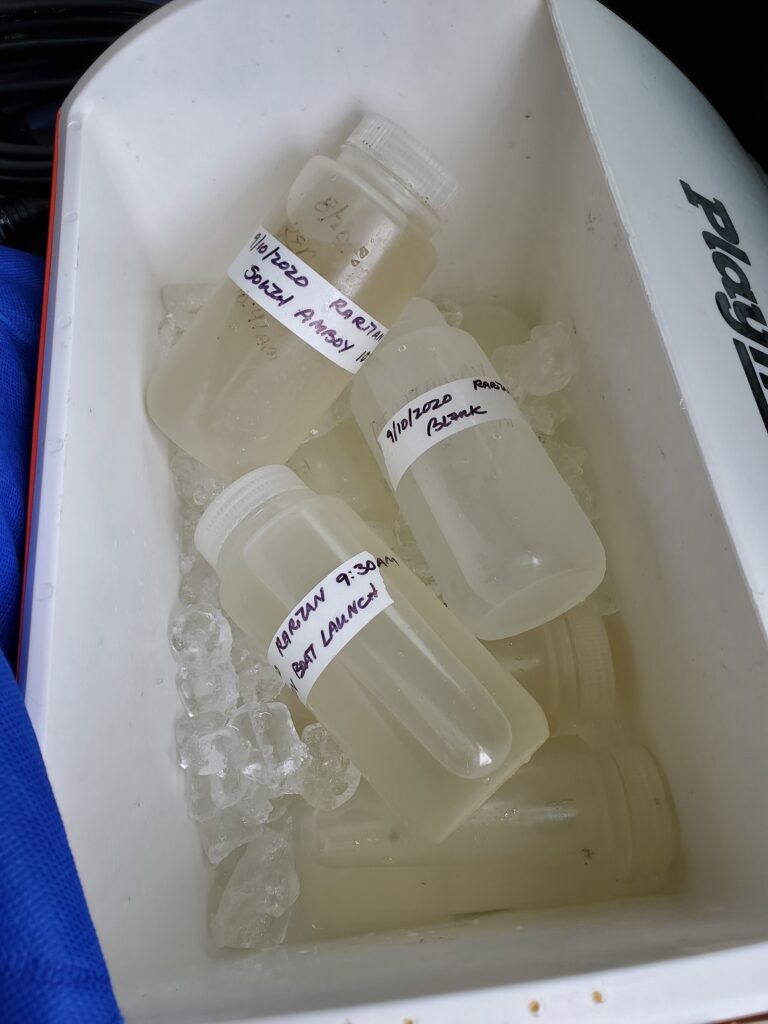
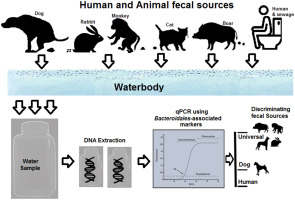
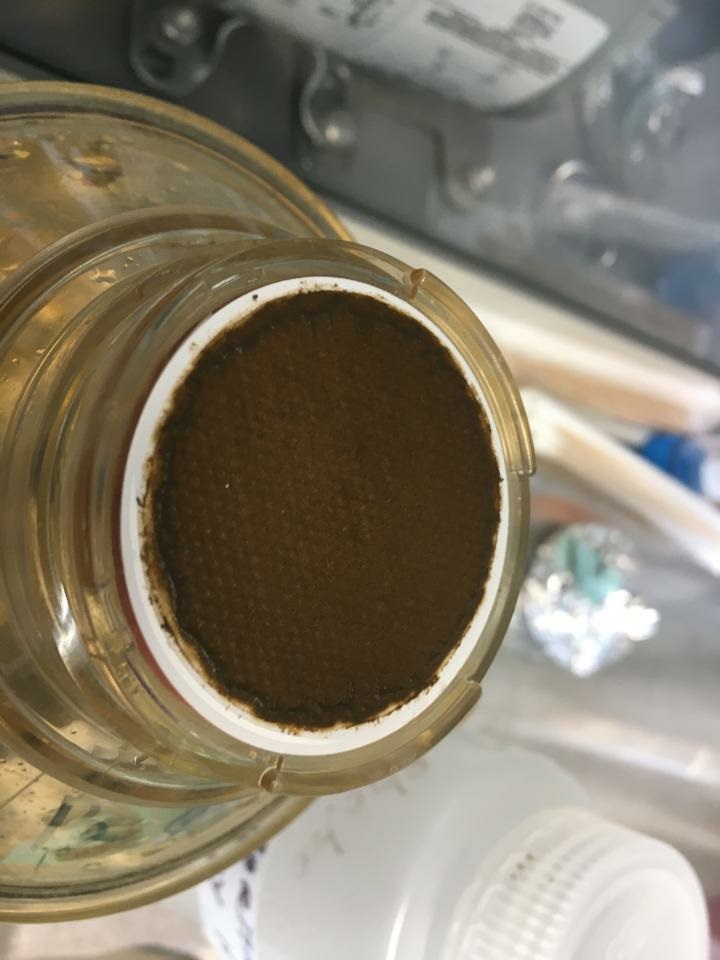
Summer 2020 Raritan Monitoring Sites
The New Jersey state Department of Environmental Protection and Middlesex County Health Departments typically monitor at sanctioned public swimming beach sites. They do not monitor the water quality for pathogens at public access non-swimming beach sites along the Raritan, despite regular use of these areas for primary contact (fishing and swimming) by members of our urban communities.
The LRWP works with in partnership with the Interstate Environmental Commission for lab analysis of our samples. We have a Quality Assurance Protocol Plan (QAPP) approved by the federal Environmental Protection Agency. We work to report our results as soon as lab analysis is completed.
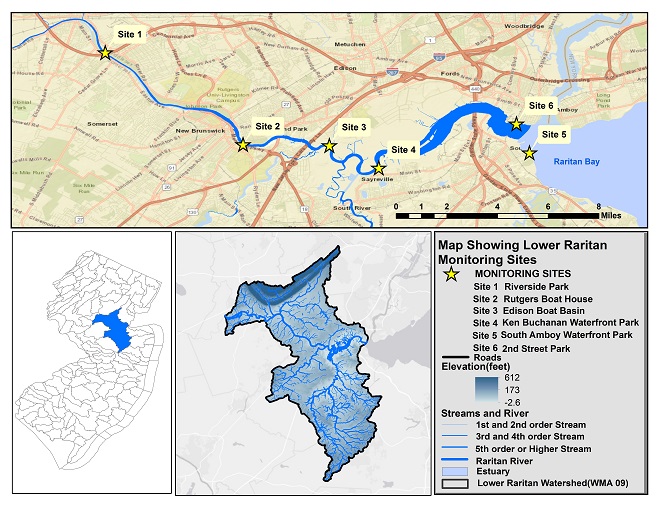
You can find more information on our monitoring sites here, and an overview of our pathogens monitoring program here.
